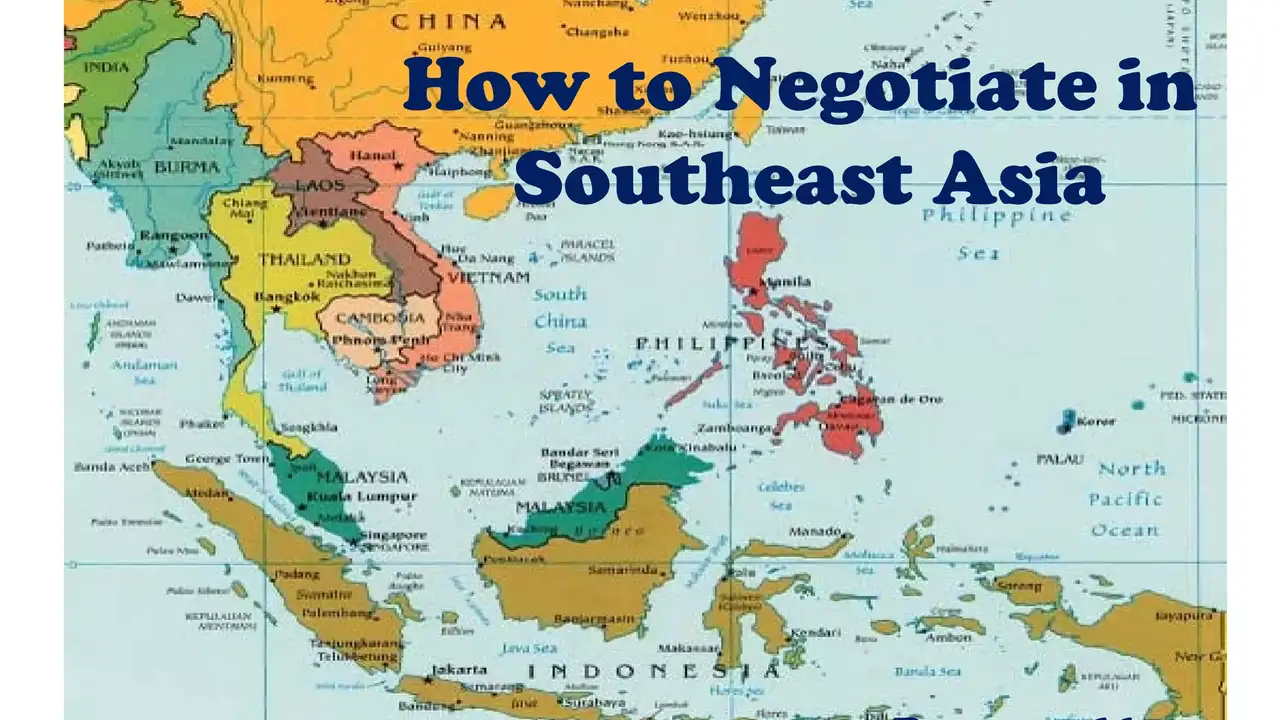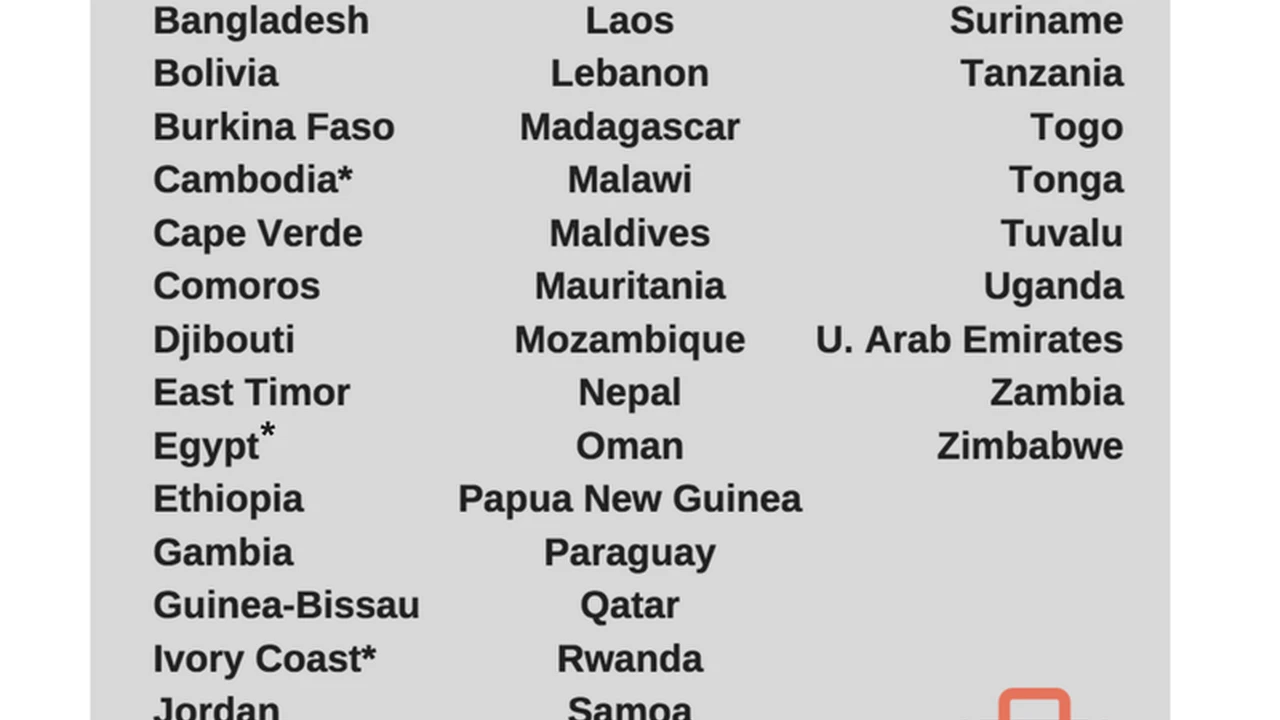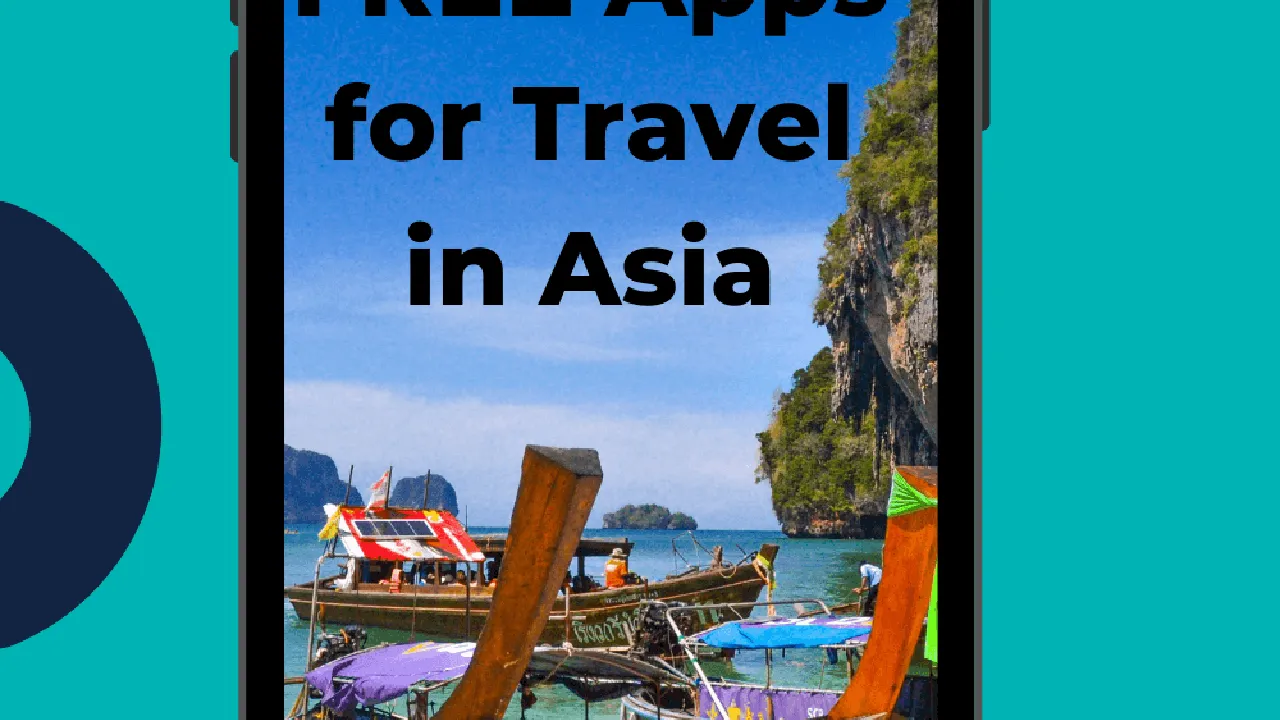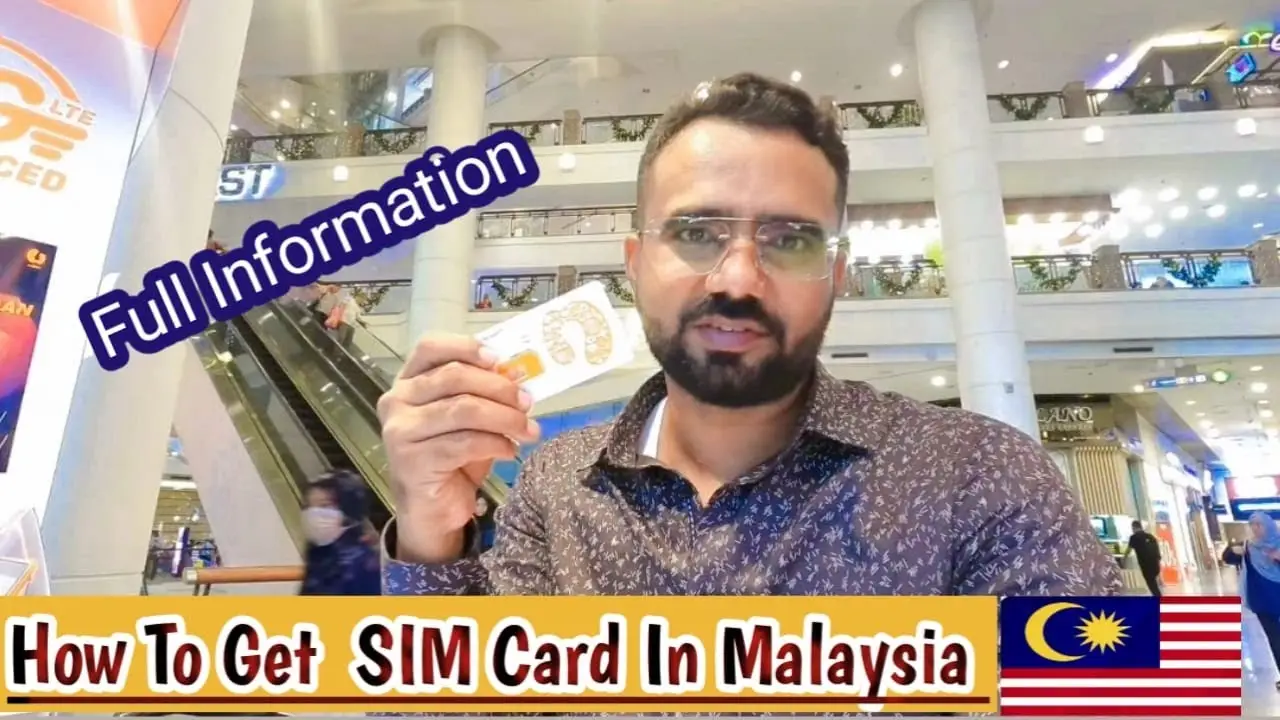Southeast Asia: How to Negotiate Transportation Prices

Understanding the Transportation Landscape in Southeast Asia: A Traveler's Guide
Alright, so you're heading to Southeast Asia! Get ready for an adventure. But let's be real, getting around can be...interesting. From bustling cities to remote islands, the transport options are diverse, and so are the prices. Knowing how to navigate this landscape is key to saving money and having a smoother trip. This isn't just about haggling; it's about understanding the system, respecting local customs, and getting the best deal possible. We're talking tuk-tuks in Thailand, jeepneys in the Philippines, cyclos in Vietnam – a whole world of transportation awaits!
Essential Negotiation Tactics for Southeast Asian Transportation
Okay, let's dive into the nitty-gritty of negotiation. First things first: do your research. Before you even approach a driver, know the approximate price for your journey. Ask your hotel, hostel, or fellow travelers what a fair price is. Online forums and travel blogs are your friends here. Having a baseline price in mind is crucial. Next, start low, but be reasonable. Don't insult the driver with an absurdly low offer. A good starting point is around 50-70% of the initial asking price. Remember to be polite and friendly. A smile and a respectful attitude go a long way. No one wants to negotiate with a grumpy tourist. Use phrases like "Can you offer a better price?" or "Is this the best you can do?". Walk away if necessary. This is a powerful tactic. If the driver isn't budging, simply start walking in the opposite direction. Often, they'll call you back with a lower price. Finally, agree on the price before you get in. This is non-negotiable. Make sure both parties are clear on the fare to avoid any unpleasant surprises later.
Navigating Different Modes of Transport: Tuk-Tuks, Taxis, Motorbike Taxis & Ride-Hailing Apps
Southeast Asia offers a smorgasbord of transportation options. Let's break down a few of the most common: Tuk-Tuks (Auto Rickshaws): These are iconic in many Southeast Asian cities, particularly in Thailand and Cambodia. They're great for short distances and navigating traffic, but always negotiate the price beforehand. Taxis: Metered taxis are generally a safer bet than tuk-tuks, especially in larger cities like Bangkok or Kuala Lumpur. Make sure the driver uses the meter, or agree on a price before you start your journey. Motorbike Taxis: These are a fast and affordable way to get around, especially in congested areas. However, safety is a concern. Always wear a helmet (insist if the driver doesn't offer one) and make sure you're comfortable riding on the back of a motorbike. Ride-Hailing Apps (Grab, Gojek): These apps have revolutionized transportation in Southeast Asia. They offer fixed prices, cashless payments, and generally a safer and more reliable experience than traditional taxis or tuk-tuks. Grab is the dominant player in many countries, while Gojek is popular in Indonesia. Buses and Trains: For longer distances, buses and trains are a good option. Buses are generally cheaper but can be less comfortable. Trains are often more comfortable but can be more expensive and have limited routes. Booking in advance is recommended, especially during peak season.
Product Recommendations: Gear Up for Your Transportation Adventures
Okay, let's talk gear. Traveling smart means being prepared. Here are a few recommendations:
Pacsafe Citysafe CX Anti-Theft Convertible Backpack
Product Description: This backpack is designed with security in mind. It features anti-slash fabric, lockable zippers, and RFID blocking technology to protect your valuables from thieves. It's also convertible, so you can wear it as a backpack or a shoulder bag. Usage Scenario: Ideal for crowded markets, public transportation, and tourist attractions where pickpocketing is common. Comparison: Compared to a regular backpack, the Pacsafe offers significantly more security features. While more expensive (around $150-$200), the peace of mind it provides is worth the investment. Cheaper alternatives may lack the same level of security. Price: $150 - $200
Travelon Anti-Theft Crossbody Bag
Product Description: A smaller, more discreet option for carrying essentials like your phone, wallet, and passport. It features anti-slash straps and panels, locking compartments, and RFID blocking. Usage Scenario: Perfect for day trips and exploring cities. It's lightweight and comfortable to wear, keeping your valuables close and secure. Comparison: Compared to the Pacsafe backpack, the Travelon crossbody bag is smaller and less bulky. It's a good option for travelers who want to carry only the essentials. Prices range from $50-$80, making it a more affordable option than the Pacsafe. Price: $50 - $80
Universal Travel Adapter with USB Ports
Product Description: Essential for charging your devices in different countries. Look for one with multiple USB ports and surge protection. Usage Scenario: Use it to charge your phone, tablet, camera, and other electronic devices in hotels, hostels, and airports. Comparison: A basic travel adapter can be found for around $10-$20, but a more robust option with USB ports and surge protection is worth the extra investment (around $20-$40). Price: $20 - $40
Budget-Friendly Transportation Options: Saving Money on the Road
Traveling in Southeast Asia doesn't have to break the bank. Here are a few tips for saving money on transportation: Take local buses. They're often the cheapest option, although they can be crowded and slow. Consider overnight buses or trains. This can save you money on accommodation and time. Walk or cycle. Exploring cities on foot or by bicycle is a great way to see the sights and get some exercise. Travel during the off-season. Prices for transportation and accommodation are generally lower during the off-season. Share rides with other travelers. This can be a good way to split the cost of taxis or private transportation.
Safety Tips for Transportation in Southeast Asia
Safety should always be a top priority. Here are a few tips to keep you safe on the road: Be aware of your surroundings. Pay attention to your belongings and avoid walking alone at night in unfamiliar areas. Don't accept drinks or food from strangers. This is a common scam. Be wary of scams. Common scams include taxi drivers who take you on a longer route to inflate the fare, or tuk-tuk drivers who offer to take you to a "special" shop where they receive a commission. Let someone know your travel plans. Keep a friend or family member informed of your itinerary. Trust your instincts. If something feels wrong, it probably is. Don't be afraid to walk away from a situation that makes you uncomfortable. Download offline maps. Having access to maps even without internet connectivity is a lifesaver. Apps like Maps.me are great for this.
The Future of Transportation in Southeast Asia: Evolving Trends
The transportation landscape in Southeast Asia is constantly evolving. Ride-hailing apps like Grab and Gojek are becoming increasingly popular, offering a convenient and reliable way to get around. Electric vehicles are also gaining traction, although adoption is still limited. As cities become more congested, there's a growing need for sustainable transportation solutions, such as public transportation and cycling infrastructure.
:max_bytes(150000):strip_icc()/277019-baked-pork-chops-with-cream-of-mushroom-soup-DDMFS-beauty-4x3-BG-7505-5762b731cf30447d9cbbbbbf387beafa.jpg)






